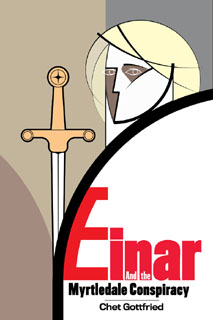A telephoto camera lens is somewhat equivalent to a pair of binoculars when trying to identify a particular bird: It gives a close-up view from which one can identify via the features seen. However, even with a telephoto lens, that isn’t always possible for a variety of reasons.
Of course, at home, an enlarged photo will (hopefully) show everything clearer. In the field, that option isn’t available (except for the LED screen on a digital camera), especially when the subject bird assumes atypical positions as when preening.

Many birders could identify the subject from the first photo. I couldn’t. Nor did I have the time to pause to look at an enlargement of the digital image, because the bird kept changing positions.

Amazing how many different positions a preening bird can take. I trusted that eventually the bird would assume a “normal” position.

The bird deserved credit for the amount of cleaning it was accomplishing, and I kept on taking photos. I knew my time would come.

At last! A clear stance from which I could identify the bird: either a female or an immature purple finch. A first-year male has the same coloration as a female. By year 2, a male purple finch has his own colors.

The male purple finch was perched in a tree on the opposite side of the path. He wasn’t preening but seemed content watching the other doing all the work. Life is like that.






